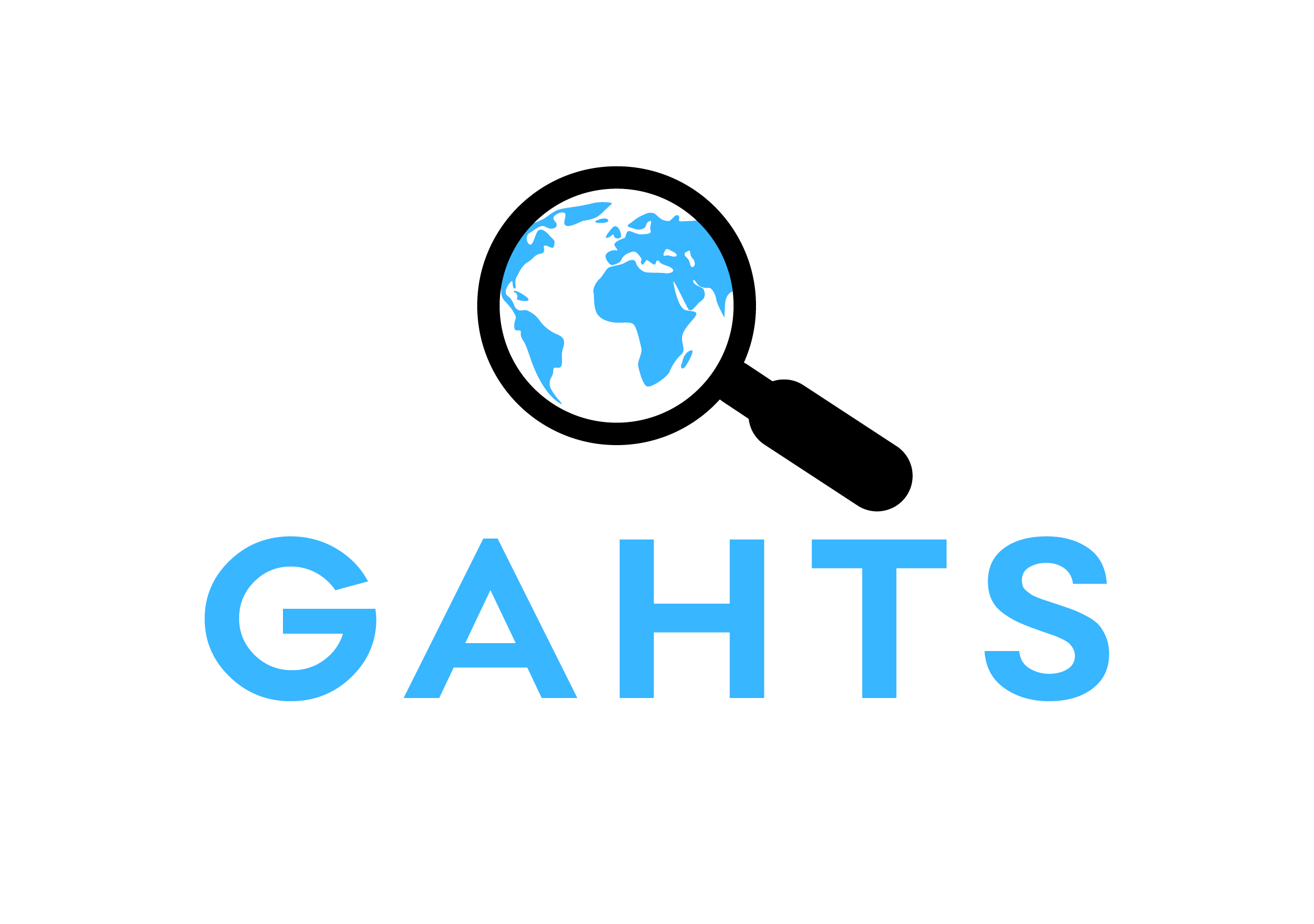Hospital Health Provider Experiences of Identifying and Treating Trafficked Persons
Author: Testa, Doris
Abstract: Over the past 20 years, human trafficking (“trafficking”) has generated much public attention throughout the world. The problem has received growing media coverage and increased anti-trafficking activism. Additionally countries have created new policies, laws, and enforcement mechanisms to tackle the problem. This micro level study examined the lived experiences of 22 health and allied health workers situated within St Vincent’s Health Australia’s Melbourne facility, and reports on their identification, assessment, treatment, and outreach to trafficked persons. The results indicated that trafficked persons were predominantly invisible within the health setting. When practitioners did suspect trafficking, they considered themselves as lacking the professional skills and knowledge, or the clear organisational policy or procedures to confidently identify and manage the complex health needs of the suspected trafficked persons. The findings contribute to St Vincent’s Health Australia’s goal of formulating contextually appropriate policy and practices that will assist in the identification of and response to the health needs of trafficked persons.
Implications:
The health needs of trafficked persons are multiple and interrelated and require health care providers and systems to be skilled in the identification, intervention, and treatment of trafficked persons.
Education and training of health professionals is the cornerstone of the identification, intervention, and treatment of trafficked persons.
Social workers’ specific focus on person-in-environment may be an important contribution to the identification and treatment of trafficked persons.
Keywords: trafficking, enslavement, practice
